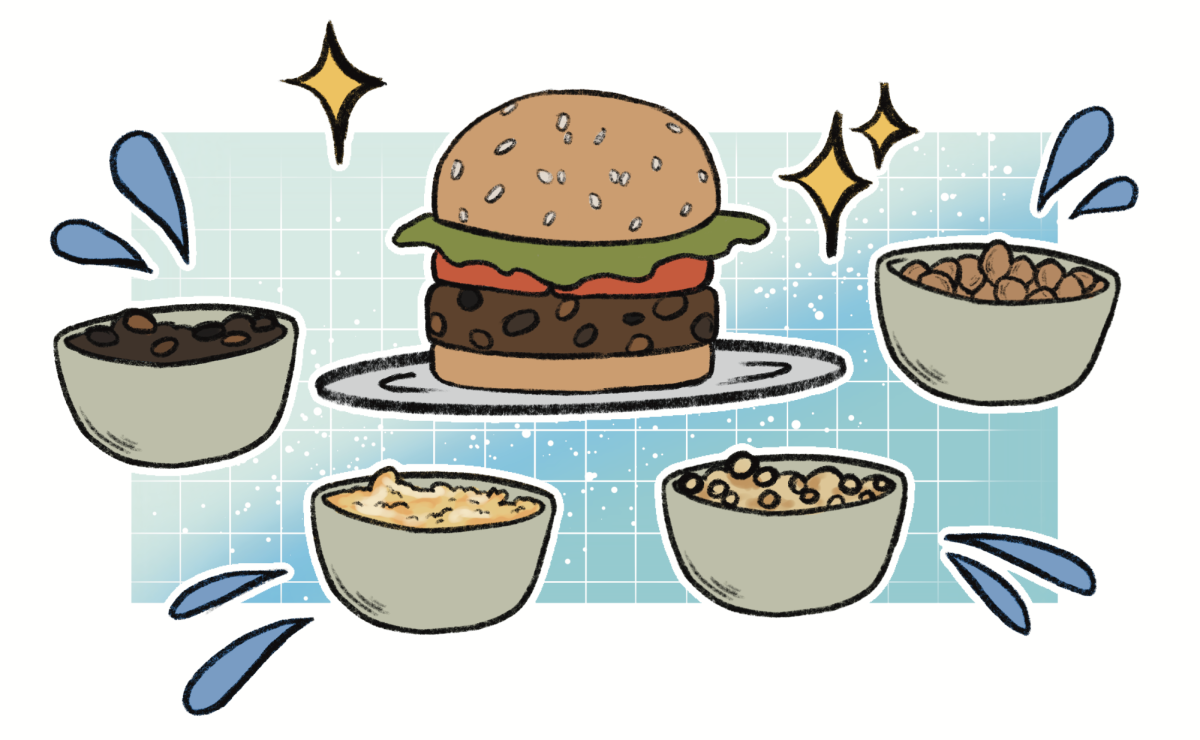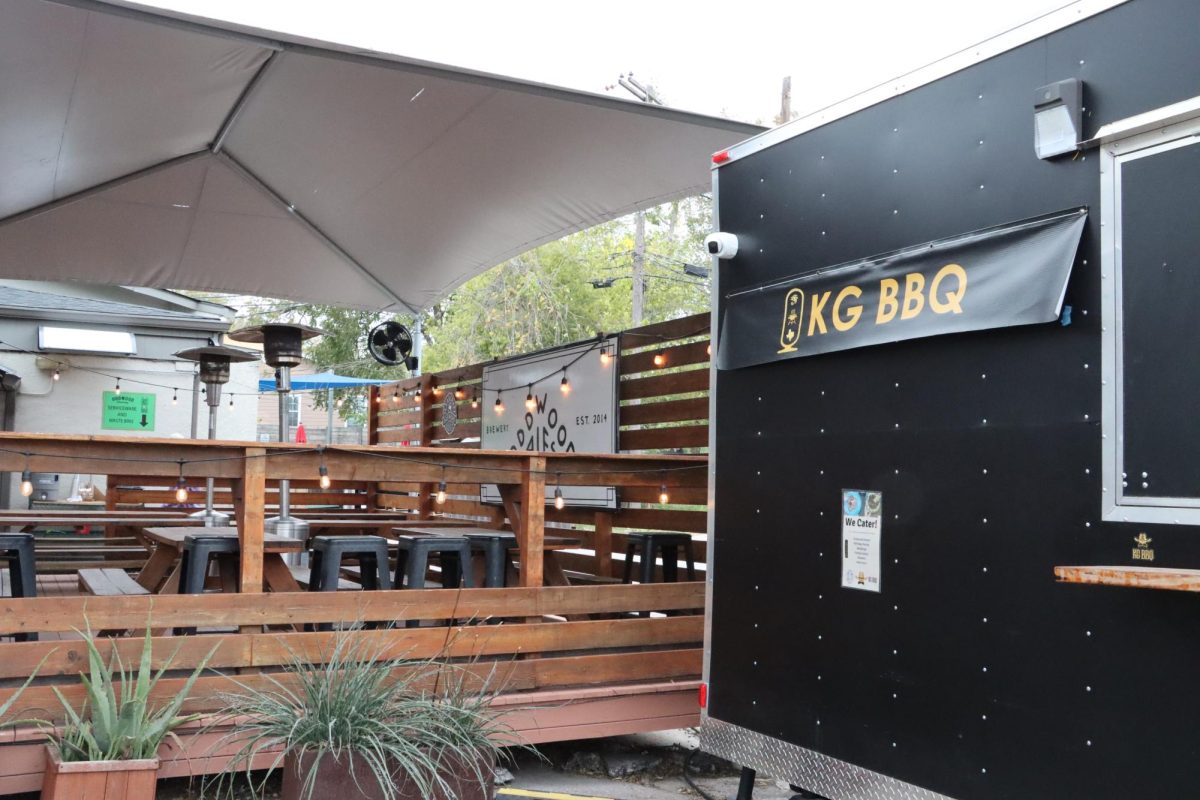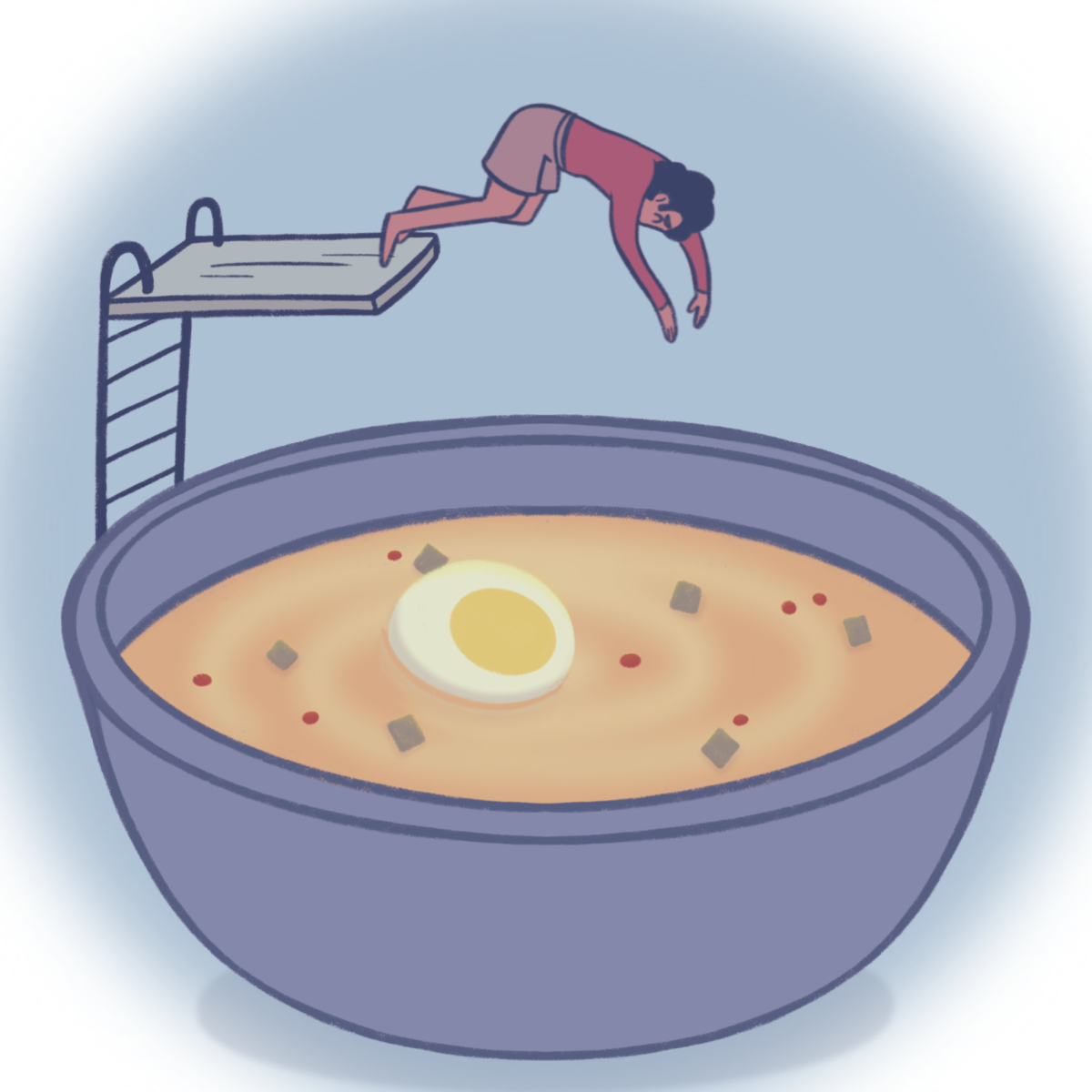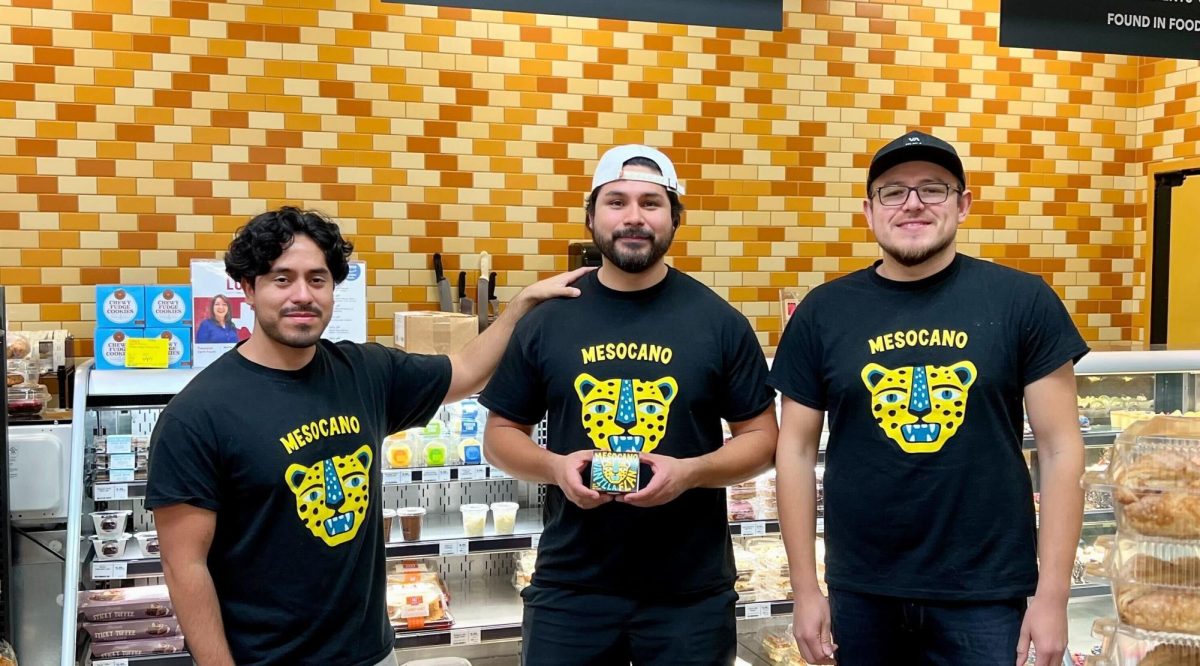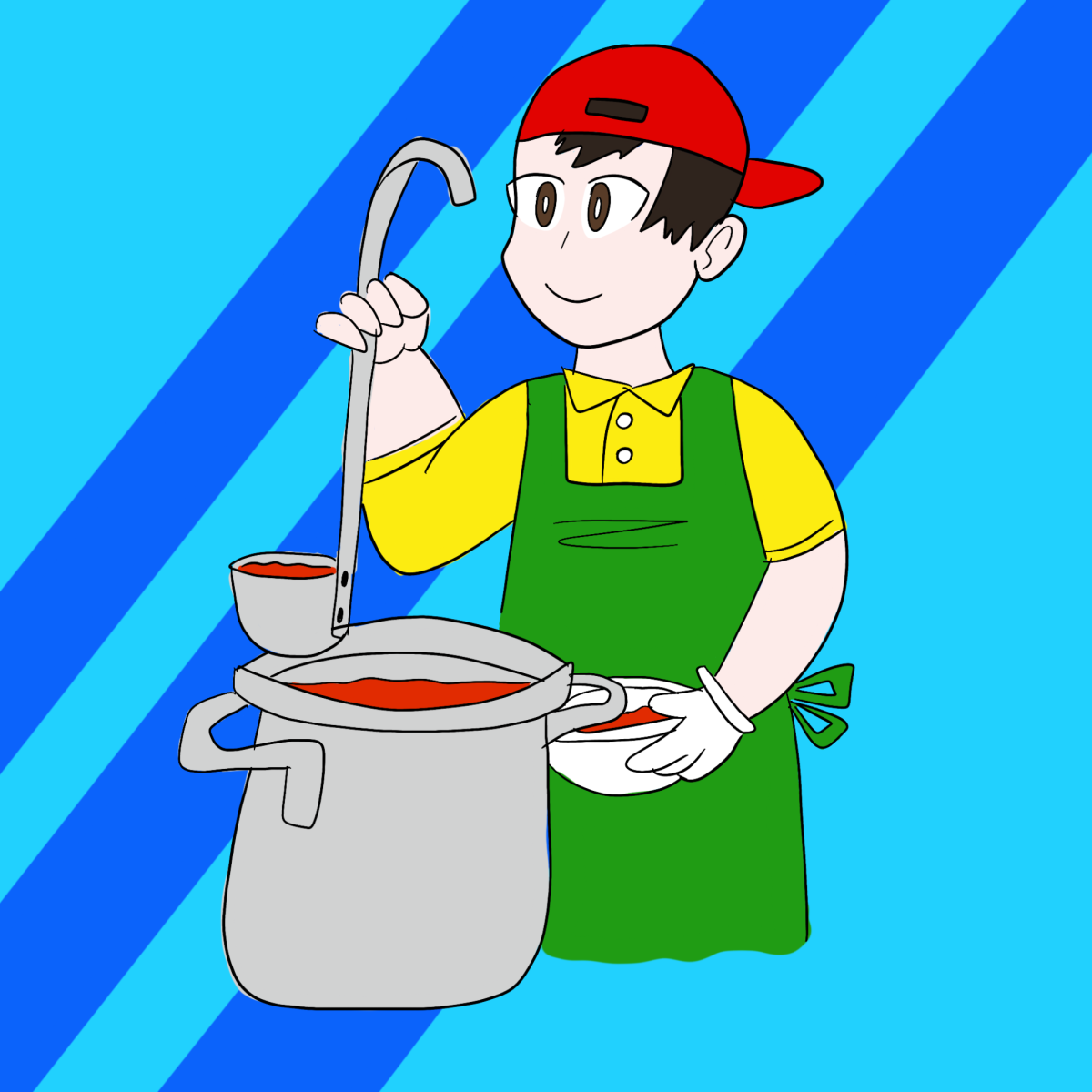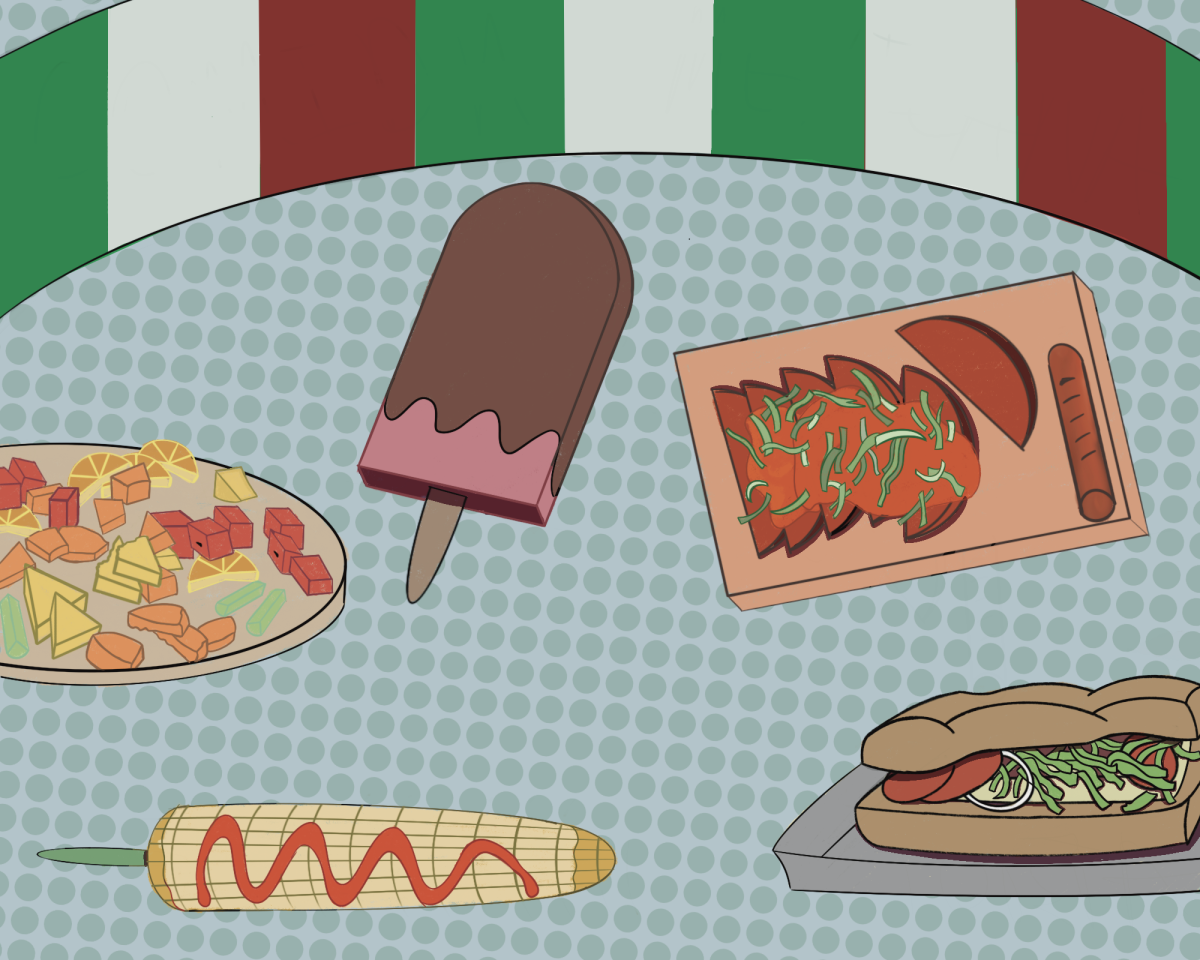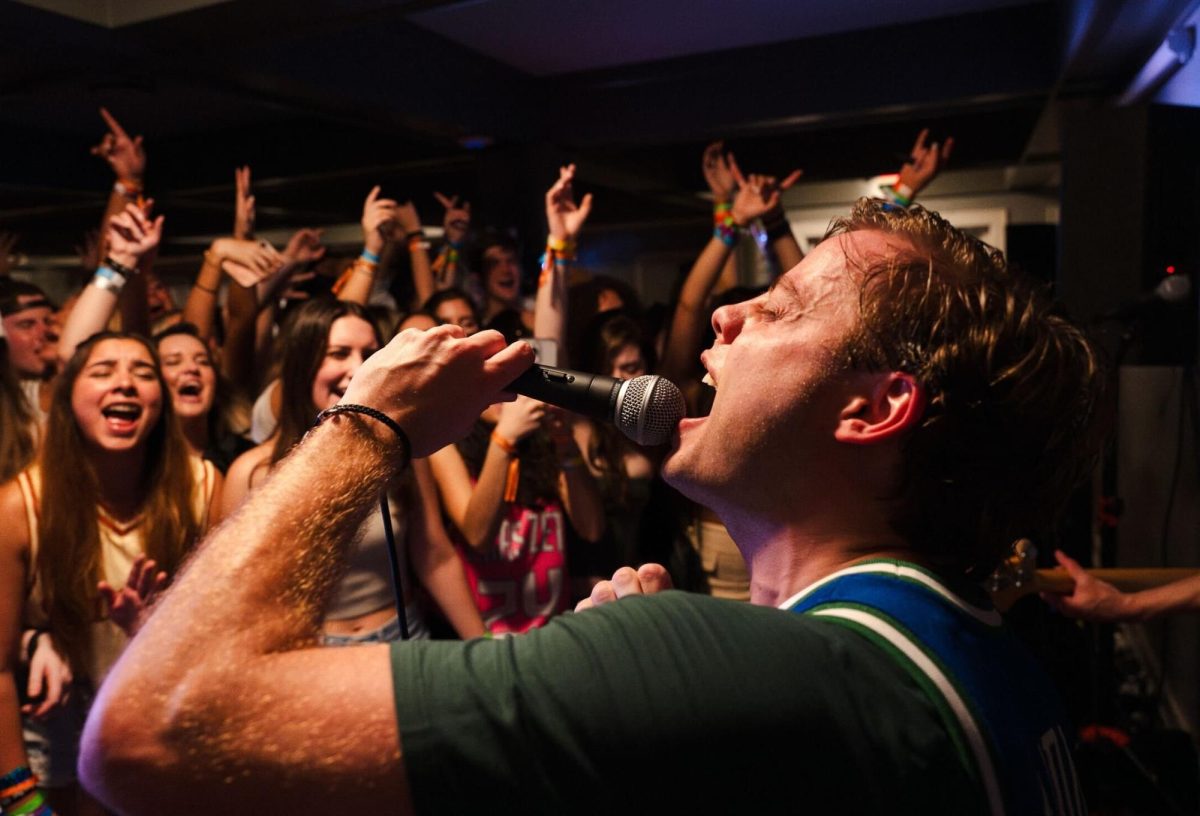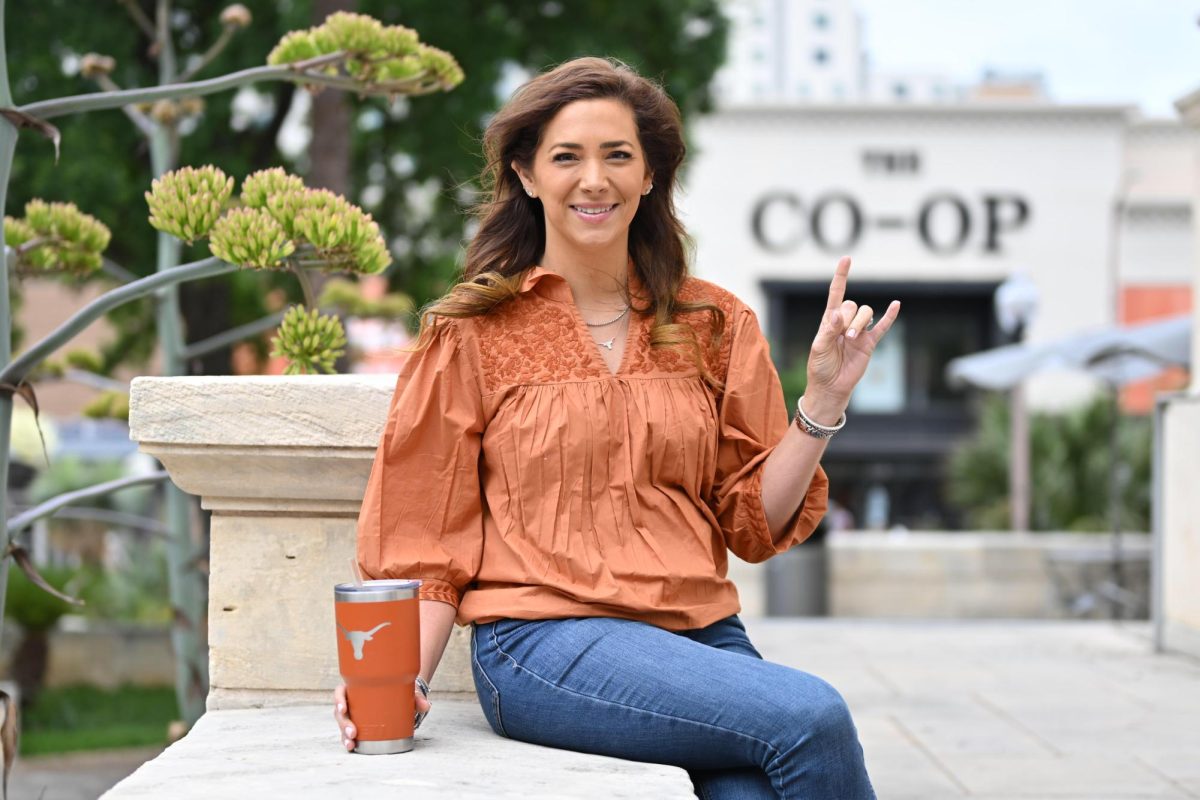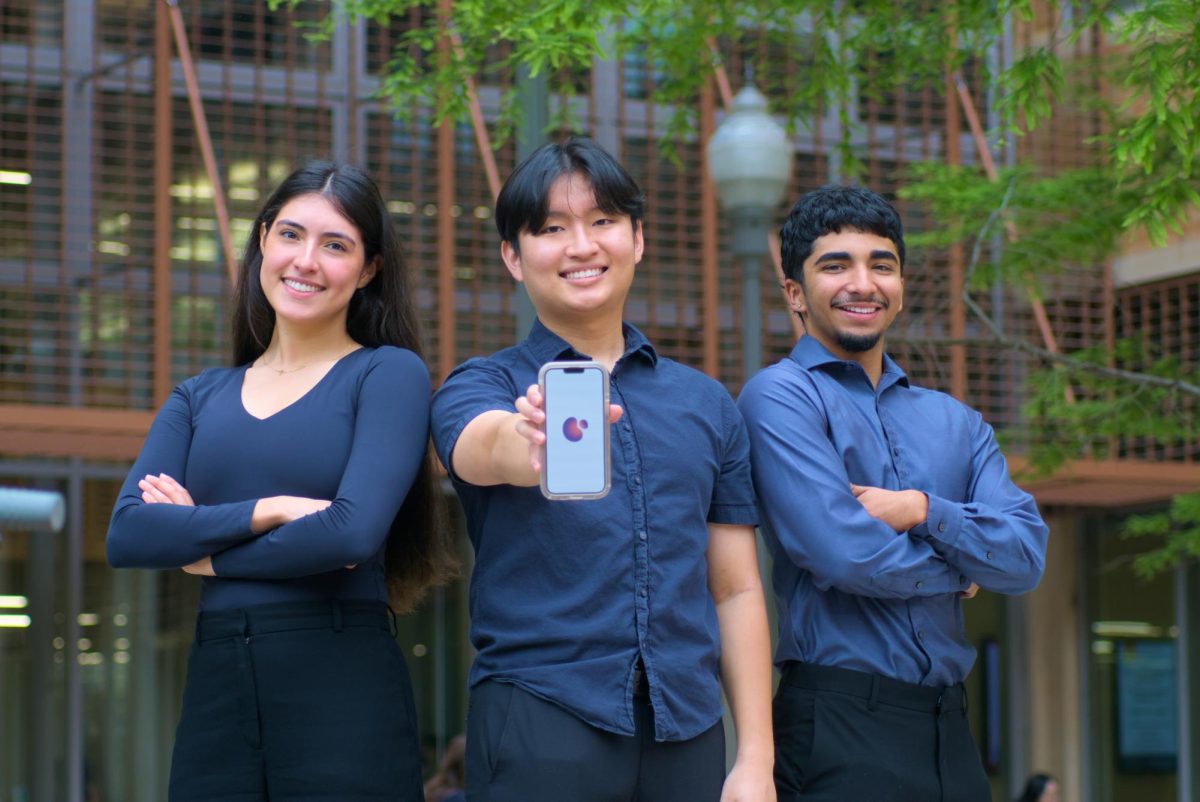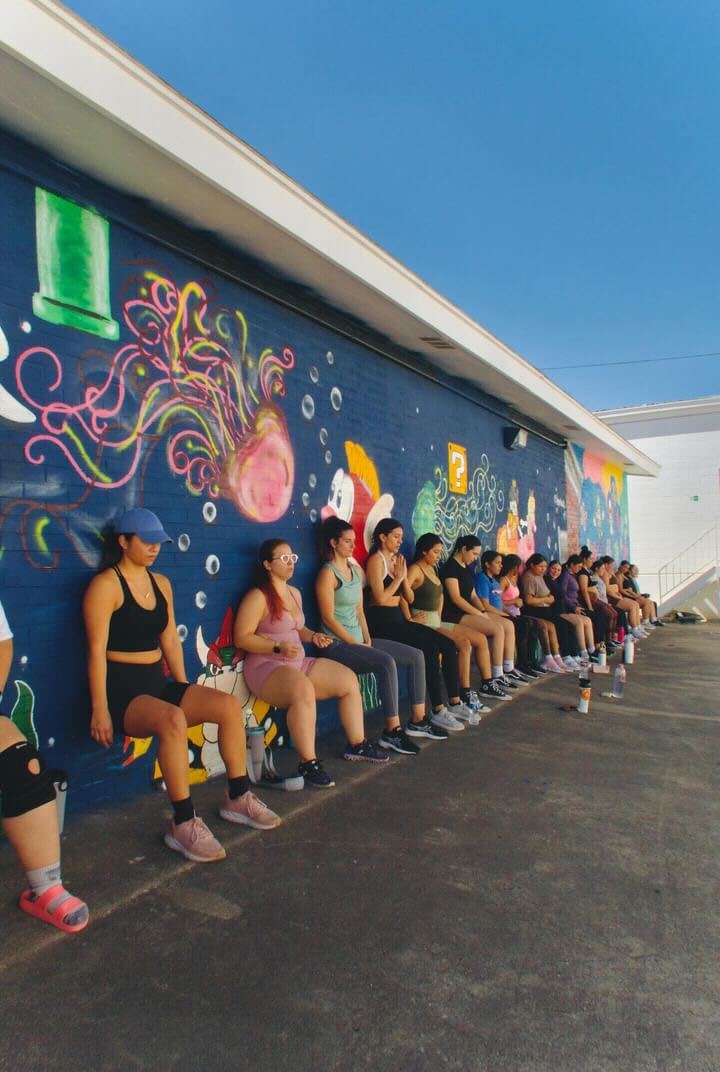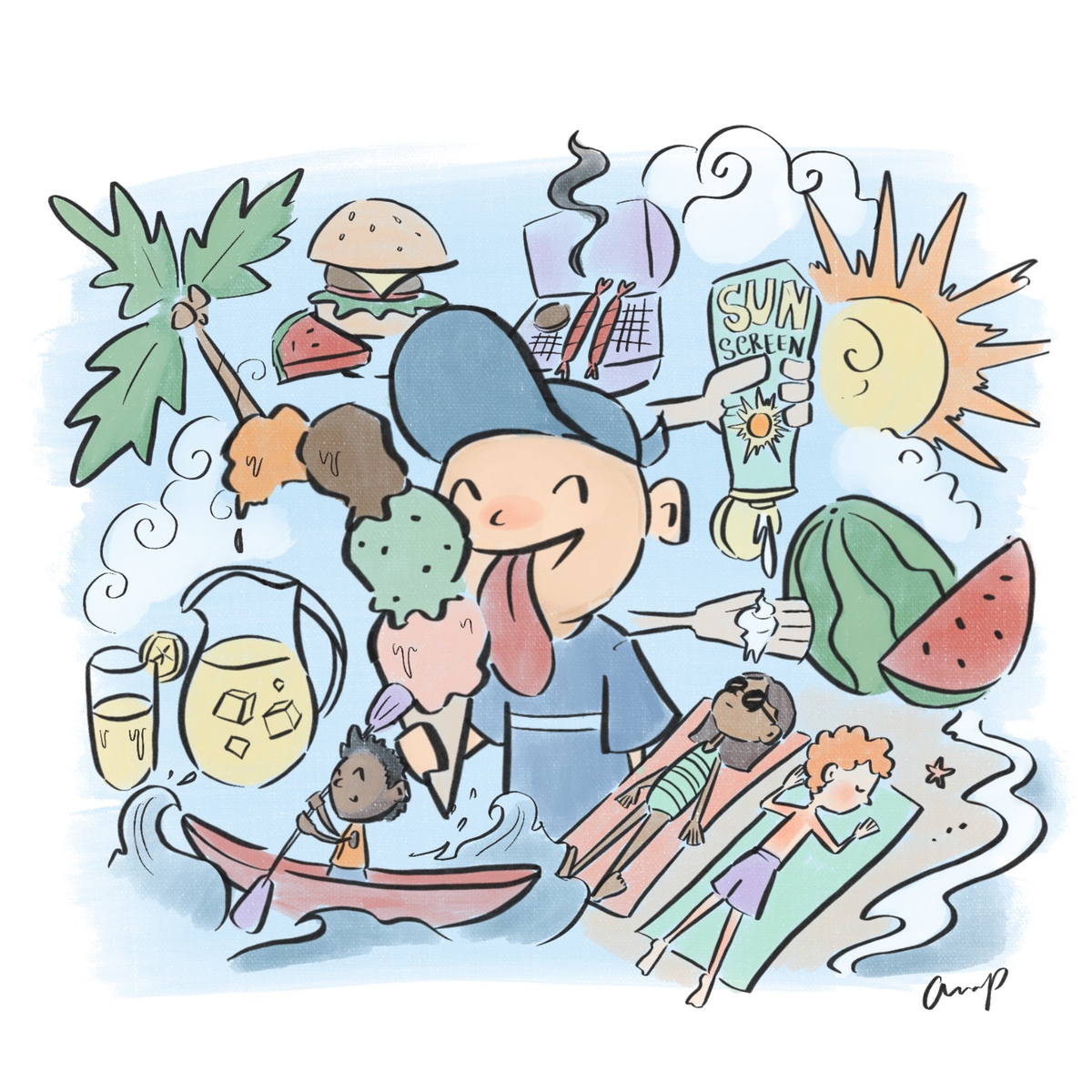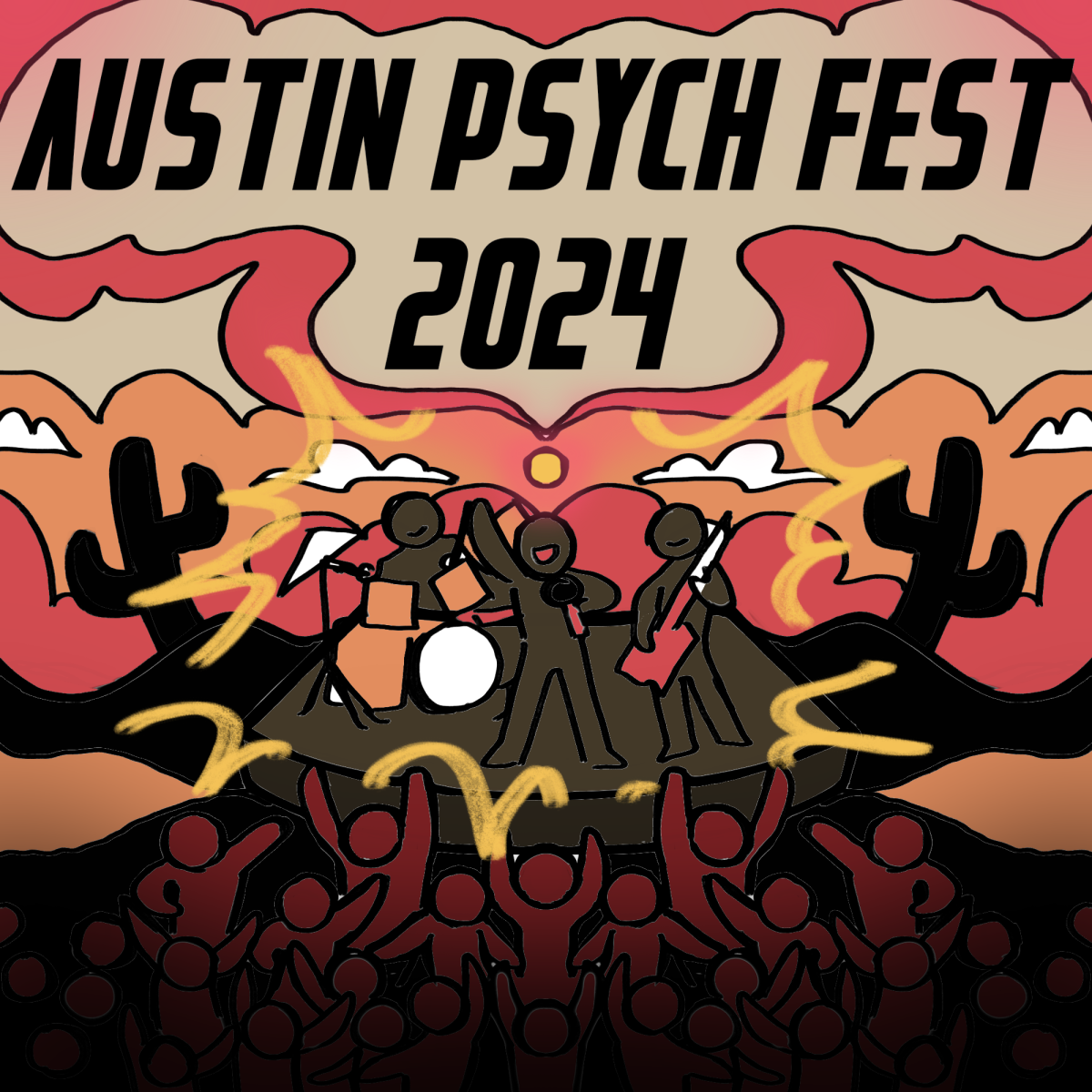Editor’s Note: This is the second in a two-part series exploring the history and notoriety of the cocktails associated with Ernest Hemingway.
There are writers who drank, and there was Ernest Hemingway — an author who continues to influence countless writers. His stripped down, journalistic style is like cubism is to Pablo Picasso and Georges Braque; he owned it, and before he succumbed to extreme alcoholism, he managed to produce an extensive canon.
“Don’t you drink?” asked Hemingway in a letter to fellow writer Ivan Kashkin. “I have drunk since I was 15 and few things have given me more pleasure. When you work hard all day with your head and know you must work again the next day what else can change your ideas and make them run on a different plane like whisky? … The only time it isn’t good for you is when you write or when you fight. You have to do that cold.”
Of course many people know Hemingway loved mojitos and his stronger version of a daiquiri, but those weren’t his only drinks of choice. Figuring out all of them would be a massive scholarly undertaking, but here are two lesser known cocktails that illuminate more of the author’s life.
—
Ingredients:
2.25 oz of Kirsch (or 1.5 jiggers)
0.25 oz of cherry or raspberry syrup (or a 0.25 pony)
juice of 1 lime
How to:
shake and pour with ice into a collins glass
fill the rest with club soda
Source: Charles H. Baker’s
“The Gentleman’s Companion, Being an Exotic Drinking Book or Around the World with Jigger, Beaker and Flask”
—
Hemingway’s friend and cocktail journalist Charles Baker starts off this recipe by saying it has “no reason” relative to other allegedly medicinal mixtures. The farewell was simply made for Hemingway and their other friend, bullfighter Sidney Franklin, the night before they went off to loyalist Spain where he would go on to write about the Spanish Civil War.
Don’t worry if you’re not familiar with or haven’t even heard of kirsch, or kirschwasser as it’s known in Germany, because it’s more easily known as a fruit brandy. A brandy will typically use wine, and then distill it by boiling it and capturing the condensated alcohol. Instead of grapes, kirsch uses black cherries from the Black Forest region of Germany.
Hemingway allegedly loved the slightly bitter liqueur, according to Baker, and drinks such as the Hemingway Daiquiri, Death in the Gulf Stream and mojito all use a bit of lime to compound the bitterness.
So to send him off, a round of farewells was whipped up in the “muggy, half-breathless night” to properly prepare the two for their long flights to New York and Spain.
—
Death in the Afternoon
1 oz. of absinthe
3 oz. of champagne
(recipe from “So Red the Nose, or Breath in the Afternooon,” edited by Sterling North & Carl Kroch)
—
Taking its name directly from “Death in the Afternoon,” Hemingway’s meditation on bullfighting, this cocktail replaced the typical absinthe drips’ sugar with champagne because of his alleged diabetes.
Noted on several diabetes websites such as diabeticlive.com and dlife.com, Hemingway was never partial to adding sugar in his cocktails. Whether that actually meant he was a diabetic is still a matter of debate, since he could have merely had his sweet tooth replaced with a booze tooth and didn’t want to sugar up any of his drinks.
For those who hate the strength of anise, this is a great cocktail to try your first absinthe. The champagne’s sweet effervescence dilutes the high-proof alcohol and anise content of the absinthe to create a cloudy, greenish mixture.
The only downside is that the bubbles can create a sweetened absinthe soda. But if you’re just looking for a quick fix, then grab some cheap Andre champagne and some absinthe from Spec’s, Twin Liquors or any number of online liquor retailers. However, if you really want to live it up, you might want to find out which champagne goes well with which absinthe, since Hemingway wasn’t particularly specific on the liquor.
As for the controversy regarding absinthe, Baker later notes that even though many people thought it was a hallucinogenic liquor, any mind-altering effects were caused by “a little thing known as the DTs” or delirium tremens. Sometimes when an extreme alcoholic withdraws from imbibing, he or she will suffer from feverish hysteria. So if the DTs truly were the culprit, it wouldn’t be a far stretch considering that Baker says the green fairy was proofed at 140 to 160 proof, or 70- to 80-percent alcohol by volume, back in the day.



